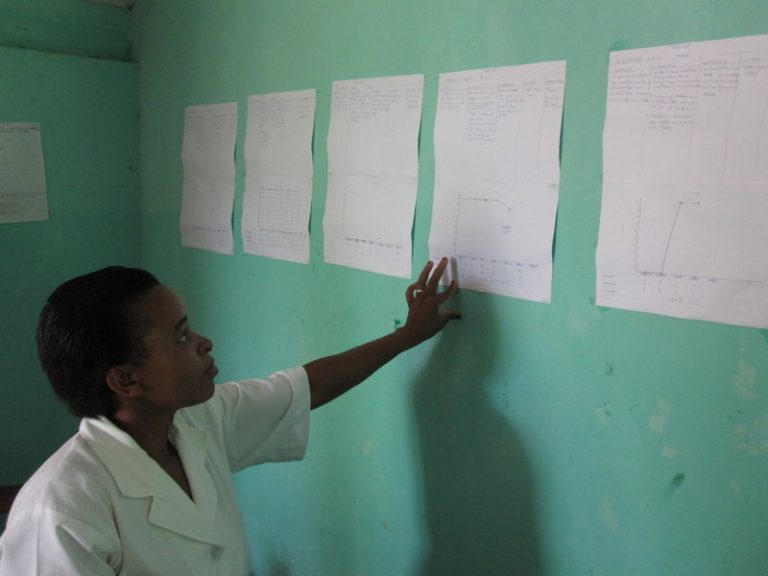In much of Sub Saharan Africa, maternal and newborn care is provided by frontline staff in rural health facilities, characterized by a lack of resources and limited senior support. A plethora of well-intended Quality Improvement (QI) projects, often overlapping in scope but with distinct methodologies, may overwhelm and confuse rather than support these colleagues in their everyday practice. Distinguishing between various activities under acronyms such as TQM (Total Quality Management), PDSA (Plan-Do-Study-Act), SBM-R (Standards Based Management and Recognition) and 5-S (Sort, Set, Shine, Standardise, Sustain) may not be straight forward, or even relevant.

From the growing implementation science literature, we know more and more about “what works” and the importance of context when implementing various interventions. Harnessing such knowledge, we investigated the implementation of a district wide collaborative QI project for maternal and newborn care in rural southern Tanzania and published our findings. Our aim was to identify which components of this project truly supported health workers in their everyday practice, and therefore contributed to the mechanisms of effect – how and why the project worked. Such an understanding is especially important in a context characterised by unpredictability – the uncertain and fluctuating availability of resources needed to provide maternal and newborn care.
What did we find?
1. Improvement topics that fit in well with routine work are appreciated
Improvement topics that are aligned to pre-service training and national priorities were perceived to be within health workers’ responsibilities without adding additional burden. Health workers’ own priorities were supported when improvement topics had been previously identified and targeted in their own facilities. A comprehensive focus on the health needs of all mothers and newborns was experienced as more relevant than the disease specific foci promoted by some projects.

2. Run-charts to track changes over time are well understood and motivating
The majority of health workers, regardless of their level of training and work place, had understood and implemented run-charts which were experienced as both useful and motivating.

On the contrary, the reported understanding and use of Plan-Do-Study-Act (PDSA)-cycles, varied much more, suggesting that this tool may have been less useful for the health workers.
3. Regular visits by QI mentors to individual health facilities are vital
Mentoring and coaching visits to individual health facilities were emphasised as significant more often than meeting up as a group with other facilities in collaborative learning sessions. This regular follow-up to each health facility may be especially important in rural areas where many health workers feel lonely and unsupported in their work.

Action not acronyms!
The importance of using a particular QI methodology (and acronym) should be weighed against the potential opportunity costs of involving health workers in the use of yet another tool or approach with demands on separate activities, documentation and follow-up. District level coordination needs strengthening to avoid unhelpful overlap of external health programs.
Through integrated mentoring and coaching in individual health facilities, health workers can be supported to implement improvements throughout different areas of care. Their needs in every-day practice should guide the choice of QI strategies, and include tools such as run-charts that are easy to understand and use for health workers with limited education.
Read more about the study here:
https://journals.plos.org/plosone/article?id=10.1371/journal.pone.0209092
